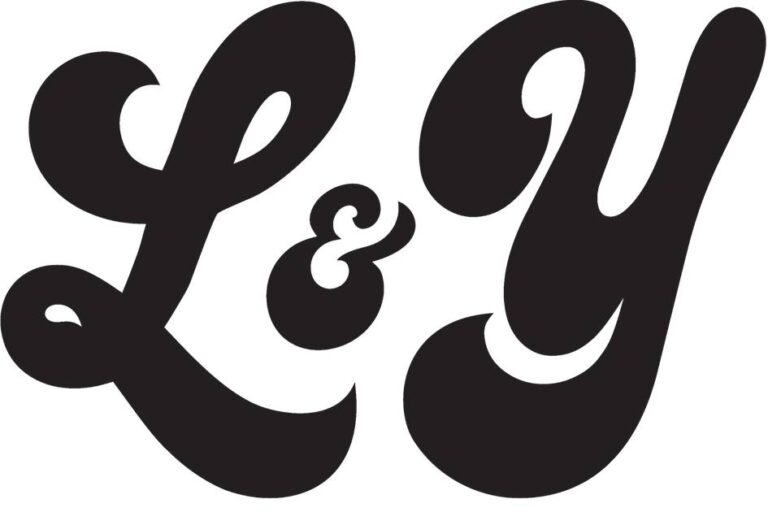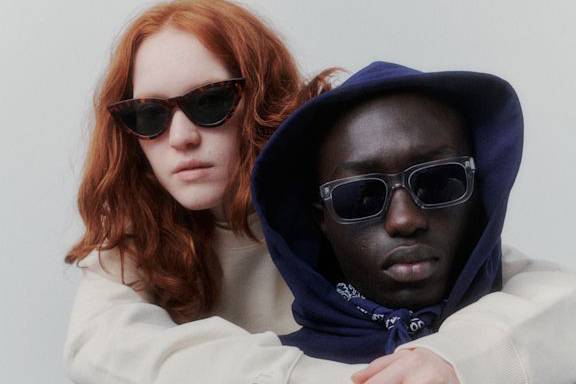PwC Study Reveals: Secondhand Shopping Is a Deliberate Luxury Choice

Secondhand fashion is moving beyond a niche market into a thoughtful choice embraced by the younger generations. About 40% of Gen Z and 28% of Millennials have bought secondhand items on Vinted, while 41% and 27% have sold them. Conversely, many Baby Boomers (53%) and Gen X (49%) have yet to engage in buying or selling such items, indicating a lingering cultural resistance.
A significant 71% of consumers have purchased luxury items from Italian multi-brand boutiques, either in-store or online. Notably, 39% of Gen Z considers product personalization crucial. These insights stem from the ‘Trends in luxury fashion: Consumer survey 2025’ conducted by PwC, which surveyed 268 consumers across Italy, Germany, the UK, France, and Spain among various generations. Key findings were shared recently during a retail conference arranged by Camera Buyer Italia in Rome.
Adjusting to High Prices: Discounts, Secondhand, or Rentals
Moreover, 87% of millennials show a keen interest in discovering new high-end multi-brand labels, while 49% of baby boomers are less willing to pay extra for sustainable options. It’s evident that luxury is evolving; the new generations demand sustainability, accessibility, and customization.
Currently, clothing leads as the most favored luxury category, with 69% of consumers purchasing at least one item in the past year. Accessories are next at 53%, followed by shoes at 32% and bags at 16%. Gen Z stands out for their diverse purchases: 66% choose clothing, 62% accessories, 43% shoes, and 18% bags, while Millennials reflect a similar pattern. In contrast, Gen X and baby boomers primarily focus on clothing.
“Luxury fashion is undergoing significant changes. The new generations aren’t simply satisfied with buying; they wish to grasp the product’s value, history, and impact. Gen Z and Millennials are reshaping the landscape, steering the industry towards more sustainable and digital models. Informed and curious, consumers are now adamant about experiences, circularity, and trust. This presents a unique opportunity for companies to reassess their strategies and build lasting value.” This was highlighted by Erika Andreetta, a partner at PwC Italia and EMEA leader for fashion and luxury.
As for the response to high prices, consumer behaviors shift notably. About 29% admit they wait for sales, while 20% have never abandoned a purchase for financial reasons. The younger generation is more adaptable; Gen Z tends to favor secondhand, rental, and private sales. On the other hand, Millennials seek alternatives in more affordable brands, whereas Gen X and baby boomers remain less affected by pricing.
An intriguing finding focuses on the decision-making duration before a purchase. Gen Z takes a more cautious approach; only 34% decide within 30 minutes, while 21% take several hours. In contrast, Baby Boomers often act on impulse, with 32% making a decision within 10 minutes, and 47% in under half an hour.
The reasons driving luxury product purchases extend beyond mere aesthetics or branding. The most significant factors include craftsmanship and quality of customer service (37%). These are closely followed by environmental sustainability (32%), ‘Made in Italy’ production (31%), brand prestige (31%), and recommendations from friends and family (28%). The option for personalization also ranks high; 39% of Gen Z considers it vital to customize a product or service according to their preferences.
Online vs In-store Shopping Preferences
While physical stores remain vital for luxury fashion consumers, the omnichannel experience has become a prevalent trend. Only 34% of shoppers claim they only shop in physical locations, compared to 13% who exclusively buy online. Most consumers (53%) alternate between both shopping methods, indicating an increasing blend of in-person and digital experiences.
Preferences for physical retail are more pronounced in specific categories. Jewelry (41%), accessories (40%), and formalwear (39%) are primarily purchased in store. Notably, half of the Baby Boomers (48%) prefer to shop only in physical locations, while Gen Z leans heavily towards a hybrid shopping model (68%).
When selecting shopping venues, brand-specific stores take precedence across generations. Following these, multi-brand stores attract significant interest, especially from Gen X (40%) and Baby Boomers (26%). Outlets, secondhand shops, and local markets remain less popular.
The Appeal of High-End Multi-Brand Stores
Generational differences also influence online shopping habits. On average, single-brand e-commerce is favored, followed by multi-brand boutiques and general marketplaces. Gen Z demonstrates a strong presence across digital platforms, mixing their purchases among e-commerce sites, online outlets, and secondhand markets.
Multi-brand boutiques remain essential in luxury fashion, acting as hubs for those seeking variety and unique shopping experiences. Millennials frequent these stores the most, with 79% actively choosing them, while Gen Z follows at 69%. However, Baby Boomers are the least likely to shop in these Italian multi-brand boutiques (47%) and have limited understanding of this shopping channel (16%).
Trust in high-end multi-brand stores varies among generations. Gen Z and Millennials exhibit high confidence, believing that these stores will curate suitable brands for them (49% and 46%, respectively). Gen X maintains a more balanced viewpoint (63% trust), while Baby Boomers tend to be skeptical, with 32% expressing a lack of trust.
Exclusivity remains a primary attraction for high-end multi-brand stores, appealing to 43% of consumers.
This article was translated to English using an AI tool.
FashionUnited uses AI language tools to expedite translations of news articles, and these translations are reviewed by human editors to enhance quality. This frees up valuable time for our reporters to focus on research and creating original content. For questions regarding this process, please reach out to us.
What are your thoughts on the growing trend of secondhand fashion?





